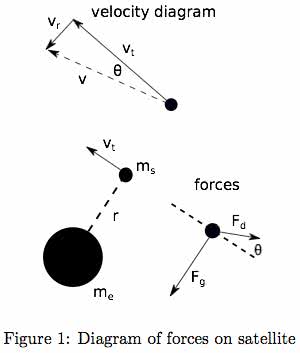PSL300H1 Lecture Notes - Lecture 1: Central Nervous System, Peripheral Nervous System, White Matter
16 views10 pages
Document Summary
The central nervous system (cns) is the brain and the spinal cord. Neurons outside the cns make up the peripheral nervous system. The peripheral nervous system, or pns, includes all neurons, and parts of neurons, outside the cns. The pns comprises the somatic nervous system, for controlling voluntary action via skeletal muscle, and the autonomic nervous system, for visceral functions such as heart rate and breathing. Part of the autonomic system is the enteric nervous system, which controls digestion and movements of the gut. It gets input from spinal cord, but can also work independently. The cns contains ventricles filled with cerebrospinal fluid. The brain has ~86 billion neurons, and the spinal cord ~1 billion. Estimates for the enteric nervous system range from 100 600 million, and the total for the pns is likely not much more. Cns and pns also have cells called glia, which support and protect neurons, and are about as numerous.
Get access
Grade+
$40 USD/m
Billed monthly

Homework Help
Study Guides
Textbook Solutions
Class Notes
Textbook Notes
Booster Class
10 Verified Answers
Class+
$30 USD/m
Billed monthly

Homework Help
Study Guides
Textbook Solutions
Class Notes
Textbook Notes
Booster Class
7 Verified Answers

